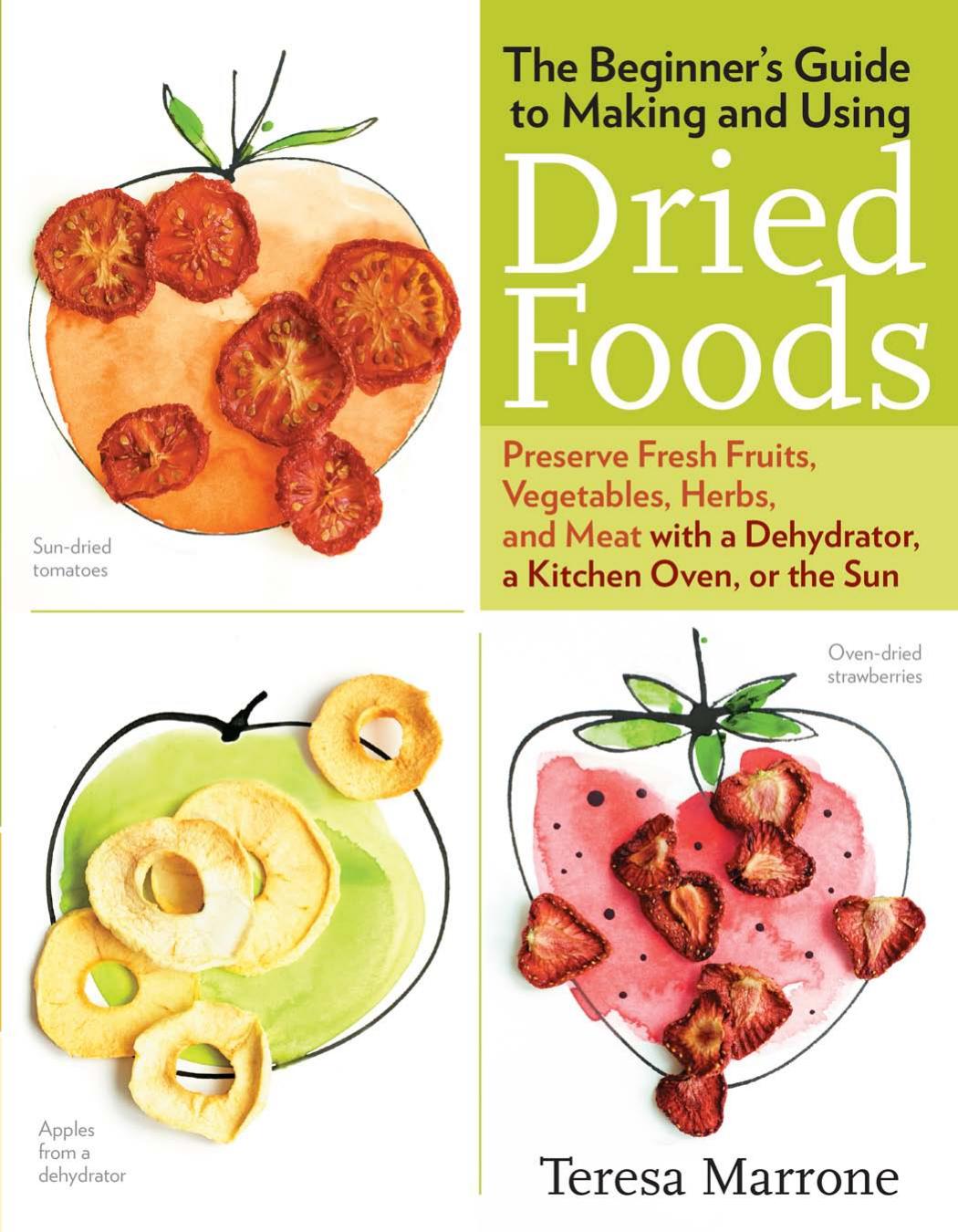

Most ebook files are in PDF format, so you can easily read them using various software such as Foxit Reader or directly on the Google Chrome browser.
Some ebook files are released by publishers in other formats such as .awz, .mobi, .epub, .fb2, etc. You may need to install specific software to read these formats on mobile/PC, such as Calibre.
Please read the tutorial at this link. https://ebooknice.com/page/post?id=faq
We offer FREE conversion to the popular formats you request; however, this may take some time. Therefore, right after payment, please email us, and we will try to provide the service as quickly as possible.
For some exceptional file formats or broken links (if any), please refrain from opening any disputes. Instead, email us first, and we will try to assist within a maximum of 6 hours.
EbookNice Team

Status:
Available4.5
5 reviews
ISBN 10: 1612121799
ISBN 13: 9781612121796
Author: Teresa Marrone
Chapter 1: Drying Basics
How Drying Works
Choosing the Right Foods
Preparation Techniques (Washing, Peeling, Slicing)
Pretreatment Methods (Blanching, Sulfuring, Ascorbic Acid Dip)
Drying Methods Overview (Dehydrator, Oven, Sun, Air)
Chapter 2: Using an Electric Dehydrator
Choosing a Dehydrator
Setting Up and Operating Your Dehydrator
Drying Times and Temperatures for Various Foods
Tips for Efficient Drying
Chapter 3: Oven Drying
Oven Setup for Drying
Temperature Control and Ventilation
Foods Best Suited for Oven Drying
Chapter 4: Sun Drying and Air Drying
Ideal Conditions for Sun Drying
Building a Sun Dryer
Air Drying Herbs, Flowers, and Small Items
Safety Considerations for Outdoor Drying
Chapter 5: Drying Fruits
Apples, Bananas, Berries, Cherries
Citrus, Grapes (Raisins), Peaches, Pears, Plums
Tropical Fruits (Pineapple, Mango)
Fruit Leathers
Chapter 6: Drying Vegetables
Beans, Carrots, Corn, Garlic, Onions
Peas, Peppers, Potatoes, Tomatoes
Leafy Greens (Spinach, Kale)
Mushrooms
Chapter 7: Drying Herbs, Spices, and Flowers
Harvesting and Preparing Herbs
Methods for Drying Herbs (Bundling, Screens)
Drying Spices (e.g., Chilies)
Drying Flowers for Potpourri and Crafts
Chapter 8: Drying Meats and Jerky
Safety Guidelines for Drying Meat
Making Beef Jerky
Other Meats and Fish (e.g., Poultry)
Chapter 9: Storing Your Dried Foods
Conditioning Dried Foods
Packaging for Long-Term Storage
Labeling and Dating
Troubleshooting Storage Issues
Chapter 10: Rehydrating and Using Dried Foods
General Rehydration Methods
Cooking with Dried Fruits
Cooking with Dried Vegetables
Using Dried Herbs and Spices
Recipes Featuring Dried Foods (e.g., soups, stews, trail mix, rehydrated fruit dishes)
preparing dried beans worksheet
the beginner's guide to dehydrating food 2nd edition
book making for beginners
guide to good food pages 106 to 108
beginners guide to food storage
Tags: Teresa Marrone, Making, Dried Foods